Biggest Work Strikes in U.S. History
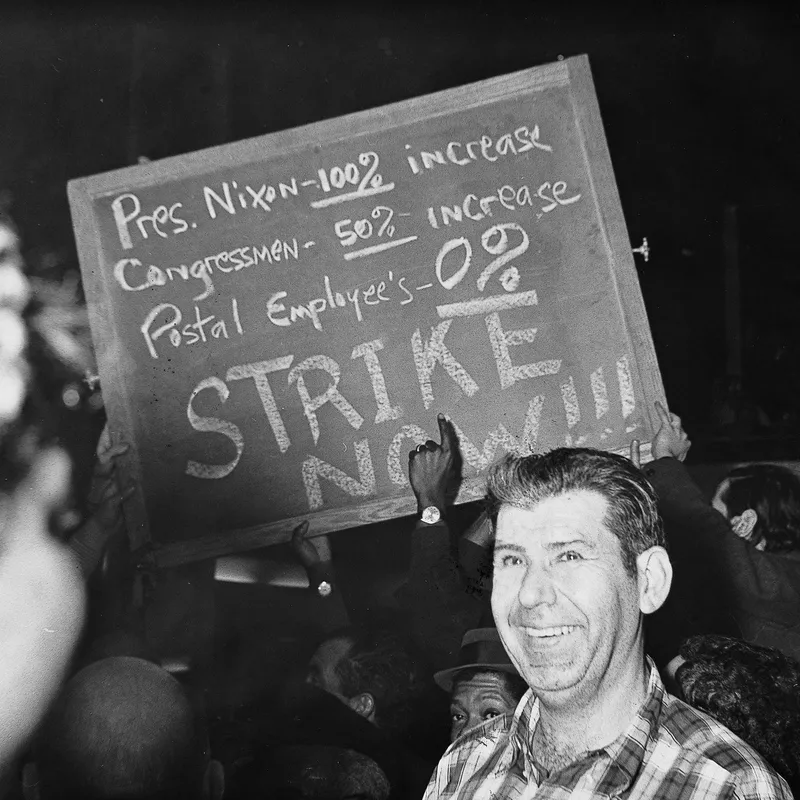
APWUcommunications / Wikimedia Commons
Workers across various industries have always taken a stand against unfair labor practices, demanding better working conditions, higher wages and improved rights.These movements have played a significant role in shaping labor relations and bringing about social change in the United States. From the struggles of coal miners to the demands of railroad workers, strikes have left an indelible mark on the trajectory of workers’ rights, even if they weren’t successful at the time.
These are the 10 biggest work strikes in U.S. history, listed from oldest to most recent.
10. Great Southwest Railroad Strike of 1886
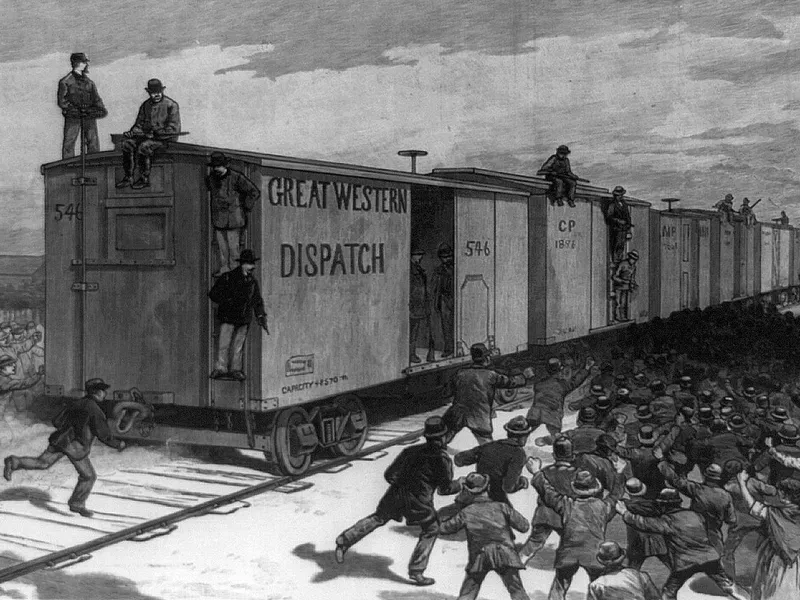
Dates: March 1 – May 4, 1886
Number of striking workers: 200,000
At the root of every strike are workers’ rights and company profits. In the Great Southwest Railroad Strike of 1886, workers bemoaned the little pay they received for long hours and unsafe conditions.
When a railroad worker named Charles Hall was fired for attending a Knights of Labor union meeting, it was a clear violation of the agreement that workers could not be fired “without due notice and investigation.” His firing sparked a multistate strike against two rail systems owned by Jay Gould, a railroad magnate and Gilded Age robber baron who controlled 12 percent of all tracks in the country. The Knights of Labor called the strike, which affected workers in Texas, Arkansas, Illinois, Kansas and Missouri.
By the 10 day of the strike, violence erupted, and 10 people were killed, with some areas declaring martial law. A few days later, workers started burning railroad bridges. By the end of March, affected state governors demanded that roads and railroads resume business. Gould and the Knights of Labor began discussions at the beginning of April, but the violence continued, and they could never reach an agreement.
Furthermore, other railroad unions were not in support of the Knights of Labor’s walkout. Gould’s railroad companies hired non-union workers, weakening the Knights of Labor’s power significantly. By May, Congress advised the Knights of Labor to end the strike.
On Aug. 1, 1886, the Knights of Labor dissolved, and the strike was considered a failure for the workers.
9. Pullman Strike of 1894
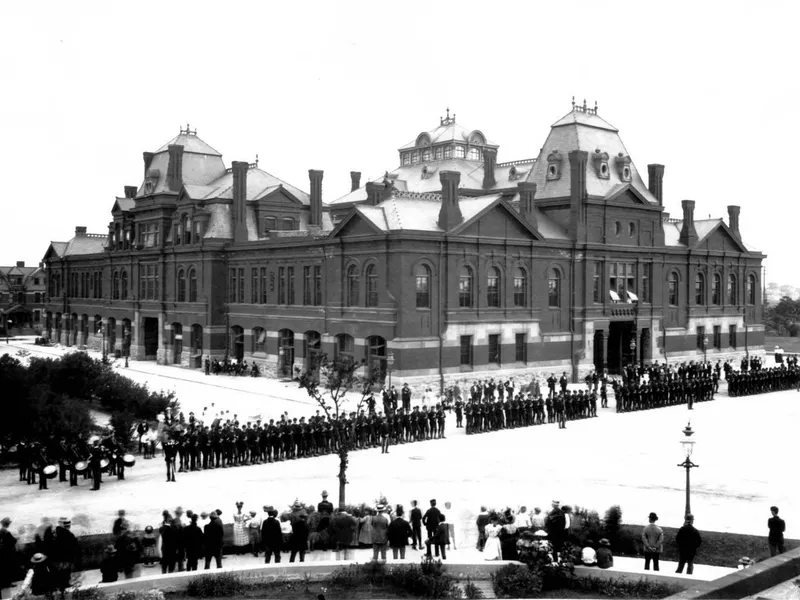
Dates: May 11 – July 20, 1894
Number of striking workers: 250,000
The Pullman Company was a prominent railroad car manufacturing business based in Pullman, Illinois. Its workers also suffered harsh working conditions with little pay. George Pullman laid off workers by the hundreds and cut wages by 30 percent for those who remained. On top of everything else, Pullman would not lower rent for workers living in his town or lower prices in his store.
Workers were in an untenable situation, and the American Railway Union (ARU), led by Eugene V. Debs, launched a boycott of Pullman cars, refusing to handle any trains that included them. The strike caught on, gaining support from workers around the country. It paralyzed railroad traffic and disrupted the nation’s transportation system.
Like the Great Southwest Railroad Strike a few years earlier, this strike turned violent, and President Grover Cleveland soon stepped in to stop it. At least 30 people were killed by the National Guard during a riot in which hundreds of railcars were destroyed.
On June 28, 1894, as the strike raged, Cleveland signed an act making Labor Day a national holiday. The legislation was a response to the strike and aimed to acknowledge the importance of the labor movement in society. It essentially marked the end of the strike.
According to Richard Schneirov, a professor of history at Indiana State University, “It was a way of being supportive of labor. Labor unions were a constituency of the Democratic Party at the time, and it didn’t look good for Cleveland, who was a Democrat, to be putting down this strike.”
8. Great Anthracite Coal Strike of 1902
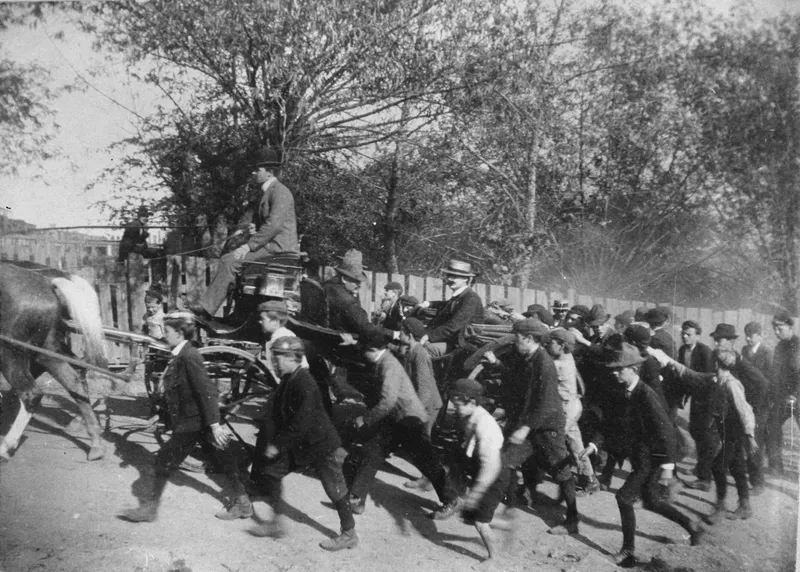
Dates: May 1902 – October 1902
Number of striking workers: 147,000
Eastern Pennsylvania coal miners who were members of the United Mine Workers of America (UMWA) went on strike seeking higher wages and better work conditions. The strike paralyzed the region and created a nationwide coal shortage.
President Theodore Roosevelt recognized the implications of the strike on the economy and the welfare of the coal miners. In October, he intervened and called for a meeting between the coal operators and the union.
With his help, both sides reached a settlement in just a few weeks. The agreement provided for wage increases, reduced working hours, improved safety measures and the establishment of a grievance system.
7. Steel Strike of 1919
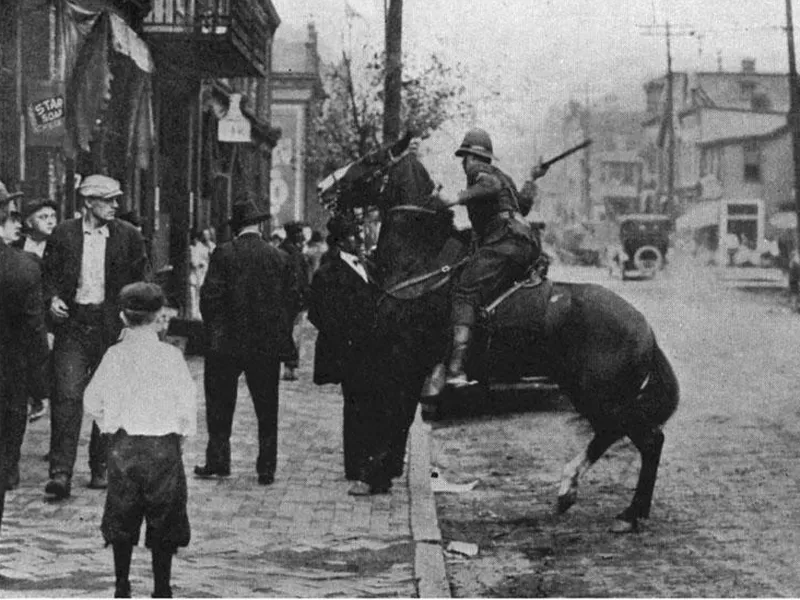
Dates: Sept. 22, 1919 – Jan. 8, 1920
Number of striking workers: 350,000
Due to the strike, nearly half of the steel industry was shut down, and for a little while, the strike was considered a success. But the steel companies were not short of underhanded tactics and used them to the best of their ability. This included hiring scabs, using the court system to enjoin the strike and using violence against striking workers.
By the time the strike ended, the AFL was defeated. It would take another 15 years before unions were a part of the steel industry.
